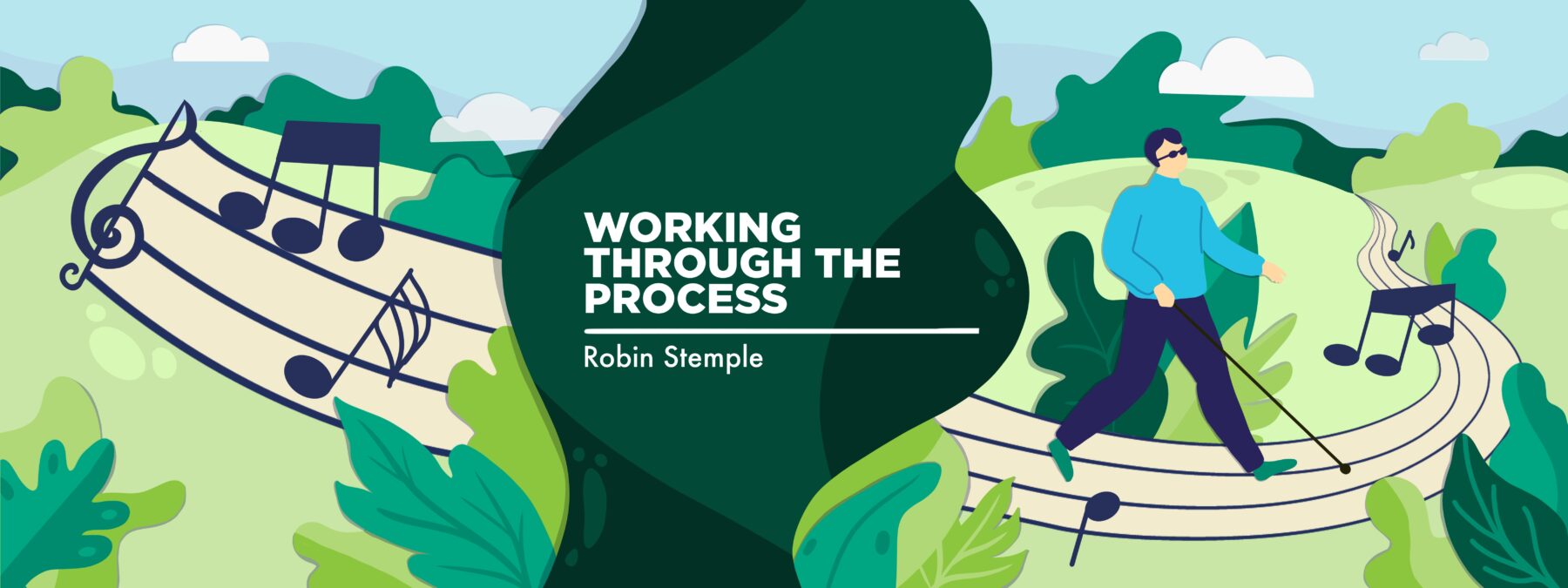An emergency preparedness plan is crucial for those with disabilities
Recent hurricanes serve as a sobering reminder of the need

As Western Pennsylvania natives, my wife, Wendy, and I are both Steelers fans. Naturally, when the Steelers played the Dallas Cowboys a couple weeks ago, we tuned in. If you’re not a football fan, you’re most likely unaware that the game was delayed for about an hour and a half as a huge thunderstorm rolled through Pittsburgh.
That meant that the Sunday night game was going to continue well into Monday morning. Our Monday morning schedule looked light, so we decided to stay up to watch the game.
Sometime after midnight, about midway through the third quarter, our neighborhood lost electricity. Thankfully, it came back on after only a few minutes, so we didn’t have to worry about losing the food in our refrigerator or freezer. Unfortunately, our internet service refused to come back online. We couldn’t watch the remainder of the game and had to wait until the next morning to find out that the Steelers lost to the Cowboys in the final seconds of the game.
It’s important to keep these things in perspective. Football is just a game. The Steelers’ loss makes little difference in the long run. Losing electricity for a few minutes isn’t a big deal, either.
As I type this the morning after the Steelers’ loss, our internet still isn’t working, so I’ve had to alter my morning routine. That’s slightly annoying for an old guy like me. I like my routines. But again, it’s just a small annoyance.
Preparing for an emergency
This incident has me thinking about those with disabilities who were in the paths of Hurricanes Helene and Milton. I have electricity, allowing me to type my column, practice new music, and toss something into the microwave for lunch.
Perhaps most important, I can still use my stair lifts to exit the house. My facioscapulohumeral muscular dystrophy (FSHD) has made it challenging for me to go up or down steps, so the stair lifts are essential. Our home has a split entry, so I have one lift that gets me from the main level to the front door and a second lift that takes me down to the garage level. Both lifts have a battery backup, but I’m not sure how many trips I can take before they die.
After a few weeks, thousands in the Southeast are still without electricity and other basic services. I’m sure there are lots of stair lifts with dead batteries.
When Wendy and I lived in rural Shanksville, Pennsylvania, before our 2023 move to Pittsburgh, we had a simple emergency preparedness plan. The main floor of our home was at ground level, so I could exit easily. Everyone in the community knew that I was disabled and where I lived.
Our local fire company knew about my situation, too. They provided a sticker for my bedroom window, so the firefighters knew where I was most likely to be. Even better, our home was only 100 yards from the firehouse. At that point in my FSHD disease progression, it wouldn’t have been pretty, but I could have walked to the firehouse to shelter there, if necessary.
We’ve done some essential planning now that we’re in Pittsburgh. In the event of a longer-term emergency, our plan is for me to move to the lower level of our house, where everything I need is available, while the stair lifts are still operational. I can then exit through the garage without navigating stairs. We’ve informed our local fire company that I’ve moved into the community and have a disability. Our children Nicole and Ryan live nearby. We plan to shelter with one of them, if necessary.
People with disabilities need to have an emergency preparedness plan in place before it’s needed. For their sakes, I’m hoping that the disabled people living in the areas affected by Helene and Milton had an escape plan in place and that the local emergency management agencies were aware of their presence. I’m praying that these folks have been able to get out of their homes, if necessary, and that they’ve found shelter. I’m also hoping they’ve been able to get whatever assistance they might need to recover.
None of us knows when a weather event or some other type of disaster might affect our community. I’d like to encourage those with disabilities to put an emergency preparedness plan together and make sure the appropriate agencies in your locale are aware of your situation. If an emergency arises and you need to take steps to be safe, you’ll be glad you’ve got a plan!
Note: Muscular Dystrophy News Today is strictly a news and information website about the disease. It does not provide medical advice, diagnosis, or treatment. This content is not intended to be a substitute for professional medical advice, diagnosis, or treatment. Always seek the advice of your physician or another qualified health provider with any questions you may have regarding a medical condition. Never disregard professional medical advice or delay in seeking it because of something you have read on this website. The opinions expressed in this column are not those of Muscular Dystrophy News Today or its parent company, Bionews, and are intended to spark discussion about issues pertaining to muscular dystrophy.






Robin Carlino
Hi Rob, it was great that you joined us for the Wellness Hour. I really enjoy the group.
I read with great interest your plan and Christopher Reeve's plans and suggestions for emergency preparedness. I will be implementing lots of them. Thanks and blessings,.xo+
Robin Stemple
Thanks, Robin. I try to attend the Wellness group meeting whenever I can. I especially enjoy the open discussiong that takes place a half hour before the actuall meeting. I look forward to future meetings!